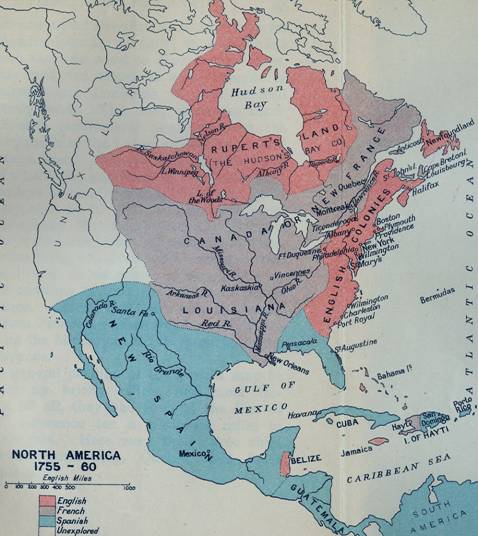
|
|
| Date Published: |
L’Encyclopédie de l’histoire du Québec / The Quebec History Encyclopedia
The Seven Years' War in Canada
The Seven Years' War is the name given to the final phase in the century-long struggle between France and Great Britain for dominance in North America and supremacy in the world. It is so named as war officially started in 1756, and the peace treaty that resolved it was signed in 1763. In reality, a state of war had existed in North America since 1754. The war was of significance as the two great powers fought on land and sea in nearly all parts of the world, invested huge amounts of money, material and men in this conflict, to the point that they both emerged exhausted from it, that the balance of power was tipped irretrievably in Britain's favour, that the course of Canadian history was profoundldy altered as the Canadiens were conquered and annexed to the British Empire. As such, this war is the central event in Quebec history. In recognition of this fact, in Canada it is simply called the War of the Conquest. A variety of sources are reproduced on this page; the reader should pay particular attention to the source of each section. Links are also provided to more contemporary studies. Canadian sources and documents on the Seven Years' War are numerous. They sometimes display notable biases: about the role of Amerindians and Americans in the war; about the respective merits of the military commanders, especially of Montcalm and Wolfe; about the conflict between Vaudreuil and Montcalm; about the British policy toward Acadians; about the effects that the Conquest had on the Canadiens and the reasons for the defeat of the French. There is a clear chasm between French and English authors on several points.
This map shows the respective geographical positions of the European powers in North America between 1755 and 1760, as the Seven Years' War is taking place. As all historical maps, it interprets the situation. It puts Fort Duquesne squarely into British territory, something the French did not recognize at the time. It also extends the territory of Ruperts' Land into western Canada where French Forts, established by La Vérendrye and his sons, were in fact dominant. The reader should also keep in mind that the Lake George area was intensely disputed at this time. The Events:
The Main Participants:
General Information:
The Judgment of Historians:[Under construction]
|
© 2005
Claude Bélanger, Marianopolis College |
|
